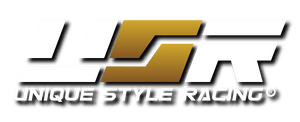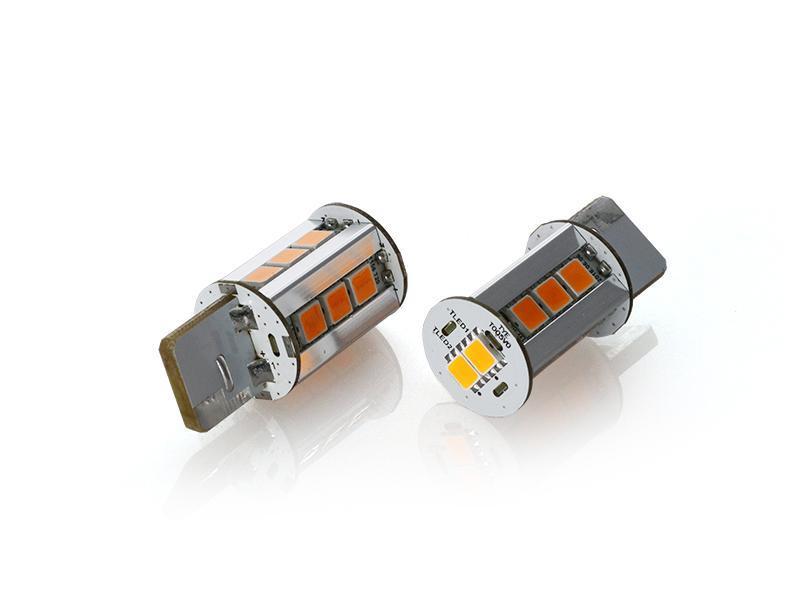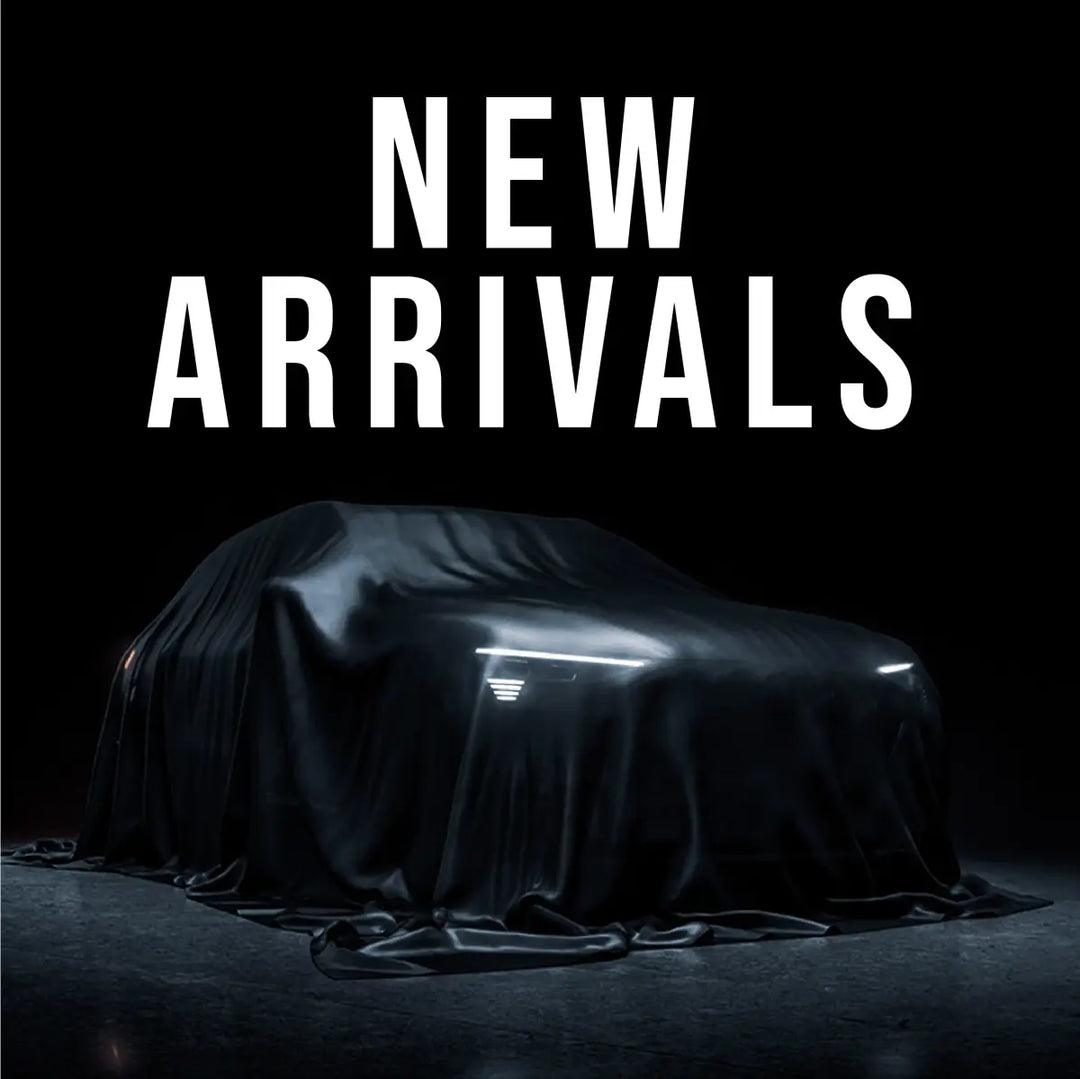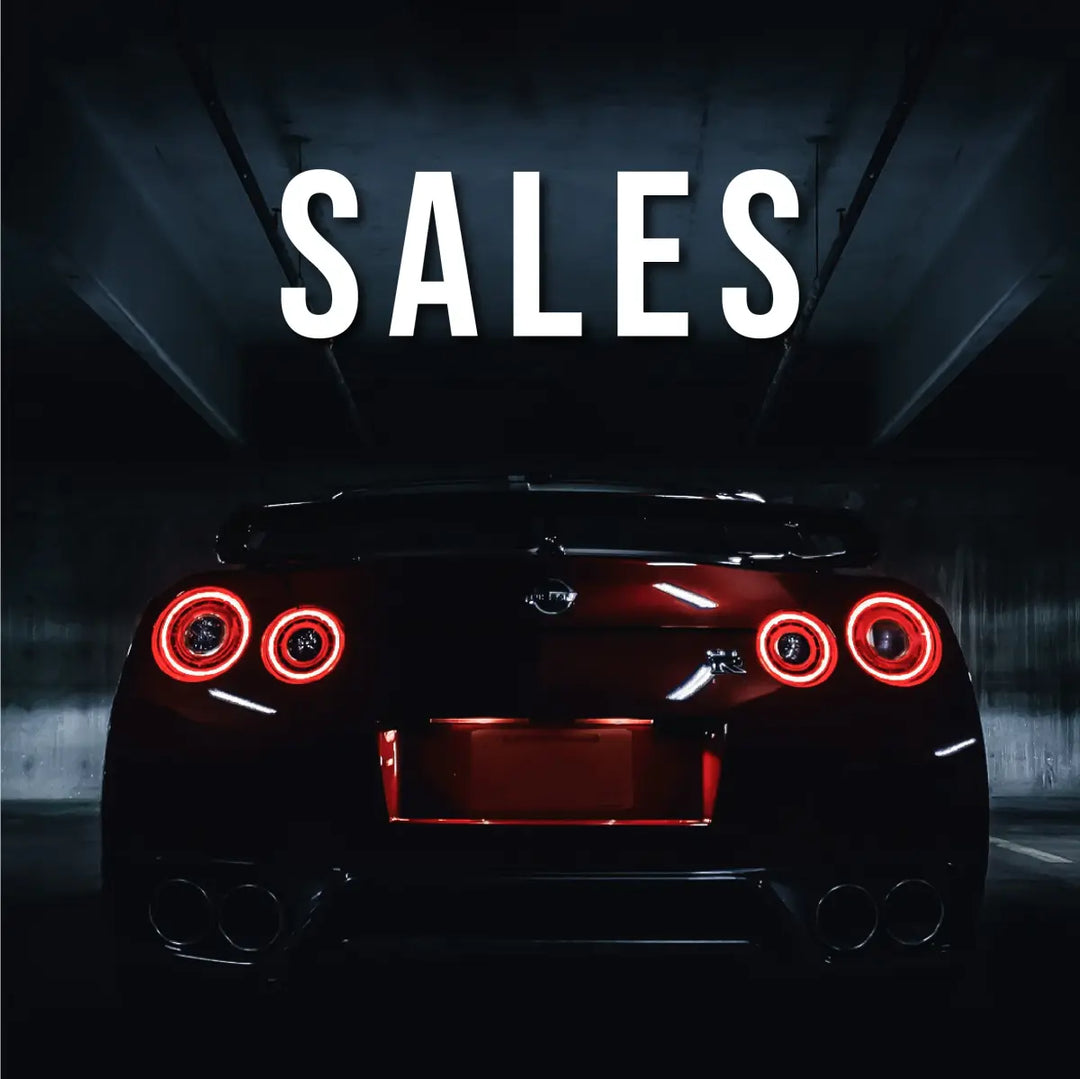Brightest 2000 Lumen Canbus Error Free Amber LED x2 Headlight or Tail Light Turn Signal Light Bulbs Size T20 7440
- In stock, ready to ship
- Backordered, shipping soon
Fitment
• All Turn Signal Light using a Bulb Size T20 Base 7440
Features

• Built Specifically for the Turn Signal Light Function to provide maximum visibility, 2000 Lumen, no one comes close!
• LED reacts much faster than your stock incandescent bulb, small but smart improved safety feature
• x14 Built In High Powered LED Nodes per Bulb to provide maximum output.
• 3 huge SMD LED per 90 degree side, with 4 sides all covered plug 2 of the same huge SMD LED on the top of the bulb to shoot straight out to provide maximum brightness.
• Unlike other brand that requires additional outside wiring resistor that is a hassle to install, splice wire, and ugly looking. USR has the built In CANBUS module inside the bulb to ensure the LED Upgrade provides a True ERROR FREE and NO Hyper Flash!!!
Contents
• 2 Piece Set (1 Pair) - Unique Style Racing (USR)
Condition
• Brand New - 100% Never Been Used.
Notes
• Due to brightness which generates heat, please ensure to NOT utilize bulbs for features OTHER THAN turn signal blinking function.
• If you have purchased aftermarket full LED headlight (Morimoto XB for example) and/or you have upgraded any part of your car's turn signal light to LED, you might run into hyper flash issue when you use our canbus LED turn signal bulbs. Please understand why it would have hyperflash is due to your car will have hyper flash triggered when a minimum power draw is not reached. When you start to change your incandescent light to LED, it starts to use less and less power, so to a point passing the minimum requirement, hyper flash kicks in to warn driver as the car thinks some bulb is out in the system. In those cases, usually adding resistor will cure the hyper flash. In other word, our Canbus LED bulbs will work and function normally if you have stock setting.
Vehicles
| Make | Model | Engine | Years |
| LEXUS | RC Series | 2 DOOR COUPE | 2015-2019 |
| TOYOTA | 4RUNNER | 4 DOOR SUV | 2014-2019 |
| TOYOTA | TACOMA | 2 DOOR PICKUP | 2016-2018 |
Install Guide
TRAIL 4RUNNER ARTICLE
Halogen vs HID vs LED

Auto lighting
The current Auto lighting industry has three standard bulb technologies integrated for headlight use. The three headlight standards are
1) Halogen, 2) HID, or 3) LED based.
Advantages for LED

HOW TO TELL IF I HAVE FACTORY XENON
There are a few ways to check but the requirement is that you must have stock setup.
BI-XENON
“Bi-Xenon” means high and low beam are both genuine xenon HID, but the real (OEM Standard) bi-xenon is that the Low and High Beam uses the same xenon bulb and ballasts in the same projector which that projector has an electric controlled shutter built in (in front of light bulb but behind the glass projector lens).
AUTO-LEVELING
(ELECTRONIC SELF-LEVELING)
Auto-Leveling is the new feature that was introduced in the late 90. Auto-Leveling is a feature that incorporates a motor/servo built in a headlight which operates/actuates the headlight's inner adjustment mounts, which moves the Beam output angle up and down (either by car's ECU/OBC automatically or via a Self-Leveling Switch inside the car cabin). This headlight feature is to provide the best lighting angle for the headlight beam output, which helps maximizes the driver's visibility while also doubling to help not blind the oncoming traffic.
ADAPTIVE FRONT-LIGHT SYSTEM (AFS)
Introduced to the high end vehicles around year 2003, the AFS differs from Auto-Leveling that moves up and down, instead moves the headlight beam left / right to help driver see the upcoming curved road better. Rather than the mechanical linkages employed in earlier directional-headlamp systems, AFS relies on electronic sensors, transducers and actuators. Other AFS techniques include special auxiliary optical systems within a vehicle's headlamp housings. These auxiliary systems may be switched on and off as the vehicle and operating conditions call for light or darkness at the angles covered by the beam the auxiliary optics produce.
A typical system measures steering angle and vehicle speed to swivel the headlamps. The most advanced AFS systems use GPS signals to anticipate changes in road curvature, rather than simply reacting to them. To know whether you have AFS system or not, you can see if your headlight beam moving left / right when you change the direction of the steering wheel, but again that is not 100% scientific, so the best way is actually call to any dealer and give them your VIN number and they will be able to let you know if you have stock equipped AFS headlight or not.
DAY-TIME RUNNING LIGHTS (DRL)
DRL stands for Daytime Running Light which originally was developed and used in countries that are more prone to foggy conditions and it is a safety feature which has now become standardized by many car manufacturers. In some countries, it is by law required features (such as Canada). Please note that the DRL feature is not site specific on a vehicle. As long as the supposed “DRL” Light remains on during the day (with the Parking Brake disengaged) and turns off OR becomes dimmer (automatically) when the “Parking Light” Light is engaged, then the supposed light should be your DRL.
There are two main types of Day-time Running Lights Halogen DRL vs. LED DRL. There are other types of DRL, however to keep things simple, we will focus on the two main types. The picture example above shows the different projections between LED and Halogen.
DRL may use your low beam or high beam or others, but it is normally supplied only with 27.5W power versus the original 55W halogen bulbs used in the halogen low beam or halogen high beam. So it might create an issue if you upgrade a genuine xenon HID system to the headlight if the DRL function is using the new xenon HID system. This is because standard xenon HID needs 35W to power it, while DRL is only supplied with 27.5W, it means the system is underpowered. Flickering, error message, not able to fire it up would be the common issue if you have DRL powering the HID system. To solve it, the installer can either disable the DRL feature altogether or do minor re-wiring so the DRL is powering something else other than the new HID light.
KELVIN TEMPERATURE
Kelvin temperature is commonly mistaken for the heat or brightness output of the HID Bulb. The Kelvin temperature only deals with the "color" output the Bulb emits as each colors covers a certain Kelvin range. The "K" for instance in "8000K" represents the certain bulb color temperature output, and it's the abbreviation for the word Kelvin. Below is a chart showing you the range of the Kelvin temperatures. Lower Kelvin temperature will emit a more red output. The normal halogen lamp color temperature is rated at 3200K.
VEHICLE SPORTS PACKAGE OR BUMPER
Car manufactures have recently implemented Sports packages for certain of their chassis by creating a sub-segment that widens their market and to fulfill market demands. Sports packages are commonly associated with performance cars such as Audi, BMW, MBZ, and Lexus. Each car manufacturer have their own Sports package brand.
PRE-FACELIFT VS FACELIFT
Most car's production period (chassis life) is around 4 to 6 years. In between each chassis production period the car manufacturer usually will make minor improvements (design-wise and/or engine-wise) after 2 to3 years after its initial chassis introduction. This is to update the car's look and to stimulate market. The first half of the production period (before the manufacturer updates the chassis) is commonly referred as Pre-Facelift, whereas post half of the chassis production period is referred as Facelift.
Life Cycle Impulse (LCI) - BMW term for facelift or update to existing series. Life cycle inventory, part of a Life cycle assessment to stimulate sales. LCI is typically known as "Facelift" for BMW vehicles.
ABBREVIATION GLOSSARY
AFS- Adaptive Front-light System
DRL- Day-time Running Lights
ECU- Engine control unit
GPS- Global Positioning System
HID- High Intensity Discharge
K- Kelvin
OBC- On Board Computer
OBD- On-Board Diagnostics
OEM- Original Equipment Manufacturer
PnP- Plug and Play
RMA- Return Merchant Authorization
VIN- Vehicle Identification Number


















